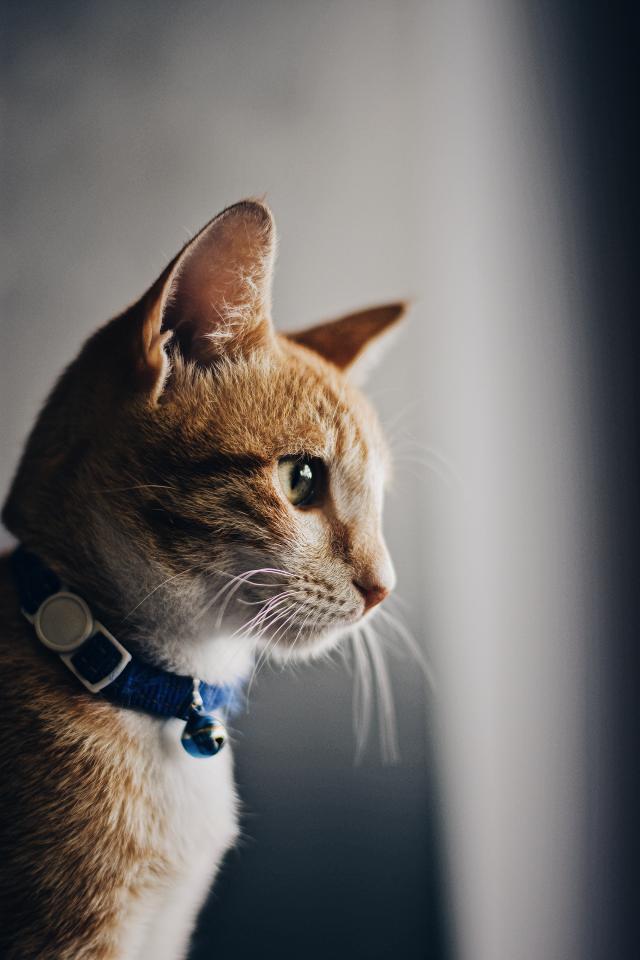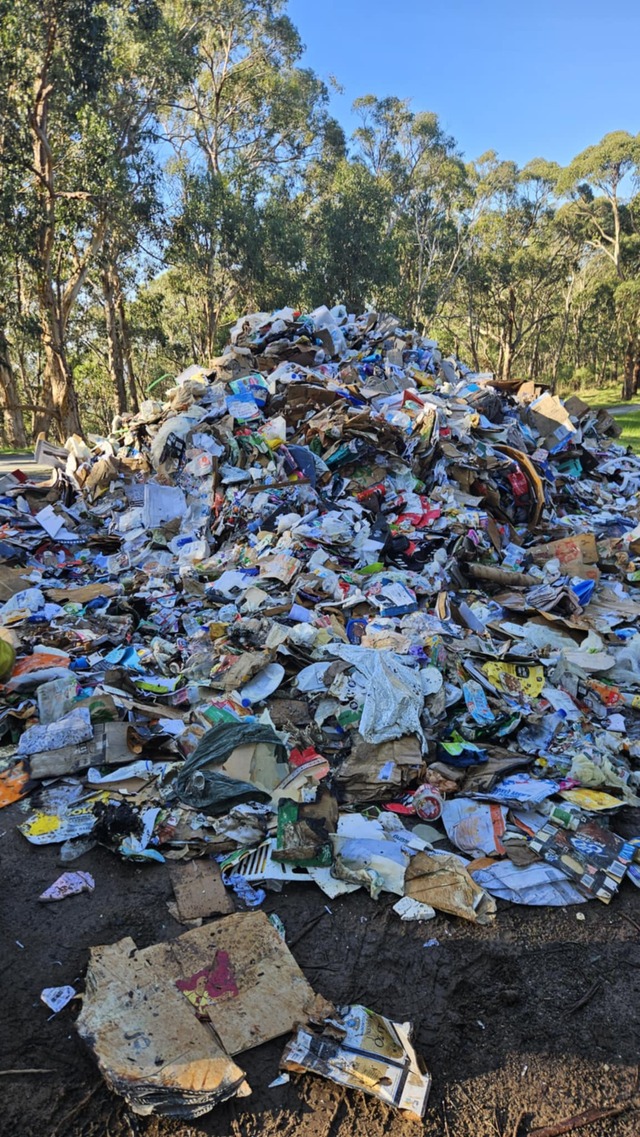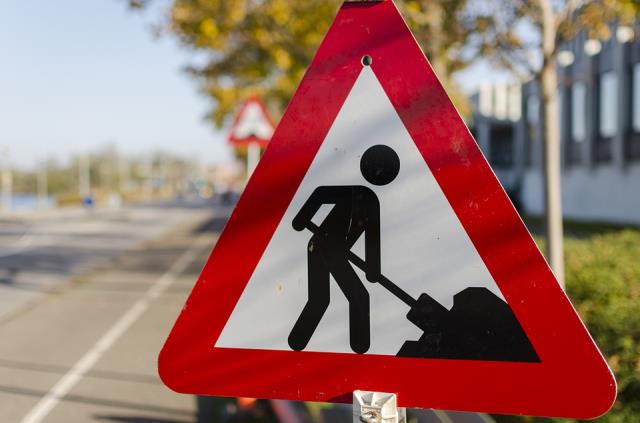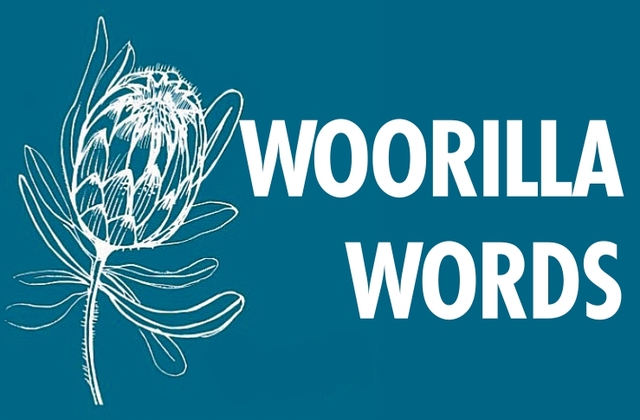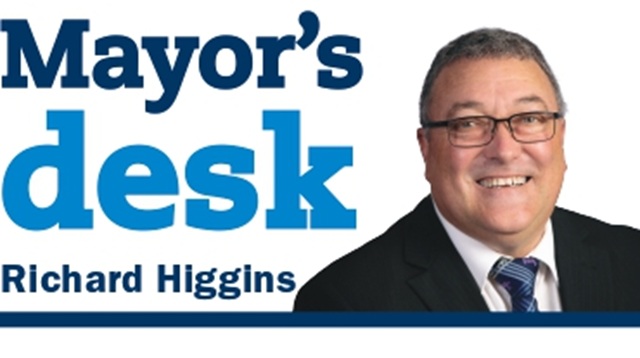The Victorian Government’s 10-year Cat Management Strategy was launched at the end of January, marking the first time a statewide approach to monitoring our feline friends.
There are more than 227,000 registered cats in Victoria, not accounting for a significant number of unregistered, unowned or feral cats in Victoria, all of which pose a significant threat to native wildlife.
Animal Aid CEO Mark Menze said a coordinated strategy is crucial for improving outcomes for cats, owners, shelters, and wildlife.
“Animal Aid sees the impact of unplanned litters, abandoned cats, and increasing numbers of semi-owned cats, a statewide approach will encourage responsible pet ownership, support animal shelters, and protect native wildlife,” he said.
“With the rising cost of living, many people are struggling to afford vet care, desexing, and microchipping, a strategy that provides funding and practical solutions will help create long-term, sustainable change,”
Mr Menze and Animal Aid have welcomed a number of initiatives in the Cat Management Strategy which will make a difference, including:
Desexing, microchipping, and registration for households who need assistance
Support for semi-owned cat desexing to reduce stray populations
Shortening shelter hold times to rehome cats faster
Encouraging cat containment and providing subsidies for enclosures
Mr Menze said the biggest challenge is changing attitudes around cat ownership.
“Many still allow their cats to roam freely, which contributes to overpopulation, injuries, and predation on wildlife,” he said.
“The main issues include; high numbers of unplanned litters, semi-owned and stray cats not receiving proper care, overcrowded shelters leading to longer stays for cats and the need for stronger community awareness about the benefits of cat containment,”
“Responsible ownership means planning ahead; desex cats early to prevent accidental litters, microchip and register them to ensure they can be returned if lost, keep them indoors or in a secure outdoor enclosure for their safety and to protect wildlife, stay on top of vet care, vaccinations, and parasite prevention and adopt from shelters rather than buying from breeders.”
According to the Victorian Government’s 2023 Pet Census, there are an estimated 914,00 pet cats in Victoria despite only 227,000 being registered across the state’s 79 Councils. While 95 per cent of registered cats are desexed, the status of the estimated 680,000 remaining cats is unknown, highlighting the importance of registration and management efforts.
Mr Menze said Animal Aid is committed to supporting cat owners and reducing the number of homeless cats.
“This strategy is an opportunity to bring lasting change, but success will depend on collaboration between government, councils, and the community,” he said.
“We encourage cat owners to be proactive in their pet care and support these initiatives to improve outcomes for everyone.”
To read the cat management strategy, visit agriculture.vic.gov.au/livestock-and-animals.

